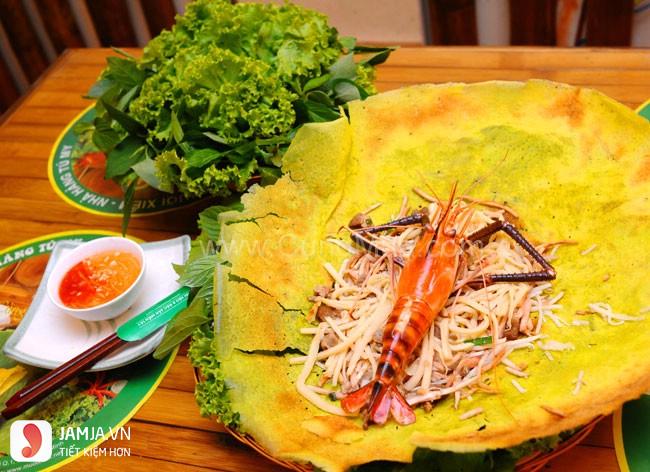in the space of a question
You ask about where I came from
You ponder which nation
from near or far
if I was loved
looked over with care
of the people it took to bring me to you
how long I had taken to grow
You think about the sustenance that touched my heart
the same dishes that now touch yours
that make everything grow
nourish everyone
You think about the threads I grew up with
how many connections have come
from that undying strand
how many connections will arise again
of grandmother who spends nights
boiling bone broth for the rice threads of phở
to fulfill my longing for our motherland
of neighbor who spends weekends
teaching me the buckwheat threads of crozets de Savoie
to fulfill my knowledge of a European culture far west
of dear friends who spend all-nighters
ordering the greasy threads of lo mein
to fulfill our midnight hunger for food and knowledge
of [host] mother who spent every sunrise
stir-frying the glass threads of 잡채, japchae
to fulfill my love of hosts-turned-family
of loved ones who spend their time
lighting the stove, lighting our hearts, from sunrise to sunset
to fulfill our connections
so much effort
time
patience
sweat
blood
life
death
love
in this moment
between you and
this soulful of me
What piece did you choose to imitate?
Jennifer Barone’s “zucchini” in Saporoso.
Why did you choose this piece?
The poem’s distinct title drew me in at first—who wouldn’t be, if the bold-faced letters spelled out an under-appreciated vegetable?
But the more I read, the more I was drawn to the poem’s synchronous simplicity and complexity. The author’s ability to at first question “Why?” allows the reader to embark on the discovery journey with her; her “I wonder”s and “I think”s reflect the depths of her curiosity. The humble zucchini was used to describe something more than an ingredient, and the piece began unravelling its layers before my eyes. I had started the poem because of the vegetable; I stayed because of the fruit of its message.
What did you learn about the culture of the original author through imitating his or her style?
The author used the forgotten zucchini as a metaphor of a culture, forgotten to her. Her reflection brings about the realization that the zucchini is more than an ingredient for her, but an abstract piece that makes up her identity.
She connects the zucchini with the sun, the earth, the soil—things that nourish and bring life to the earth and to life on earth. The way her curiosity approaches the zucchini makes me think of her culture not in the sense of traditions, but a culture where discovery and enlightenment are encouraged. The zucchini is used to illustrate her appreciation of the people who cooked for her, highlighting a culture of profound respect for the relatives, families, the hard-workers who took part in raising her nature. Thus, the zucchini, grown by her people in the soil of her culture, becomes the soil in which she plants the seeds of realization and gratitude for them in return.
What did you learn about your own culture while writing?
A Vietnamese-born who spends her nights with Chinese-American takeout studying French culture after having left all of her heart in South Korea.
Somewhat of a peculiar amalgamation of cultures, no?
So peculiar some find it hard to attribute me to more than one culture, resorting to outline neatly labeled circles: “Vietnamese southerner.” “Americanized.” “Francophile.” The ever-so-cutting “Koreaboo.” Circles that never touch, a Venn diagram without intersections.
In writing, I am reminded again of those tags—of what I am solely not. Like so many others, my “culture” is not one fabric of neat stitches, but a patchwork of tattered threads.
And one of those threads that has consistently wove through every patch is the noodle. The thread shifts colors and ingredients, and reshapes with different thinness and thickness; each a variation of the noodles of my life.
Threads of mì, bún, and bánh bind together the patches of my childhood; the mornings that find streets drenched in rain, while my grandma warms the house with her vermicelli steeped in bone broth.
Threads of nouille and pâte bind my “method-learning”; evening finds my French neighbor showing me how to cook the pasta of his native city, a pasta tradition overshadowed by the prominence of his motherland’s peninsular neighbor.
Threads of lo mein and ramen bind my late night studying with friends; the midnights that find us huddled together, enjoying the last of the leftovers (and the last of our sanity before an exam).
Threads of 국수 (guksu) and 면 (myeon) bind the nostalgia of a short life abroad; the early dawn that finds my [host] mother humming in the kitchen, cooking my favorite glass noodles every single day before school, and the little brothers I never had, two sleepyheads yawning at the table.
A collection of cultures, a multitude of experiences and lives led, united by the stitch of the noodle thread. Thus, I do not believe in assigning labels to categorize ever-changing, ever-growing things such as ourselves—for we are not defined by words, but are created by our memories, our experiences, and our connections.
Is there cultural DNA embedded in the piece you read and in your piece? How does this DNA manifest in the texts?
“You” and “I.”
Probably two of the most powerful words in the English language. They establish the entire perspective, the relationship between audience and author. They reflect the exchanges between every person, every culture, every connection.
In the original “zucchini,” “you” and “I” are used to emphasize the intimate relationship between the zucchini and author, one that eventually extends to her identity and her culture, establishing her cultural identity and DNA.
Upon closer inspection, you might notice “you” and “I” had been turned on its head in my interpretation; this version of “zucchini” reverses every “you”s and “I”s in the original.
Thus shifts the entire perspective, from the original’s first person point-of-view to this second person view—the reader’s. I wanted to alter the course a bit from first person; after all, my personal relationship with the noodle, my own cultural DNA, has already been established in past written compositions. I wanted to extend my realization of the noodles and its role in my life to you, the audience from my past, present, and future. The ones who ask(ed) me “Who are you? Where are you from? What do you identify as?”; the ones who themselves the same questions. My cultural DNA is not enclosed within one culture; it is shared, inextricably linked between many. This connection was something that I wanted to portray through a connection between “you” and “I,” myself and the reader—the ‘u’ and ‘i’ in “zucchini.”
(And hopefully, that explains the somewhat funky-looking title)


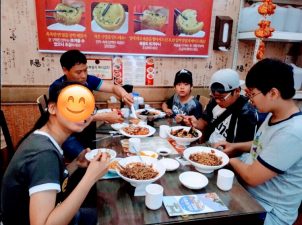 .
.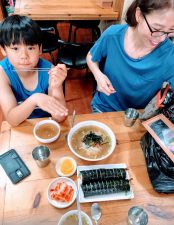
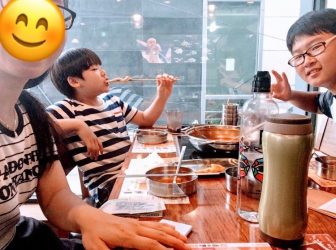
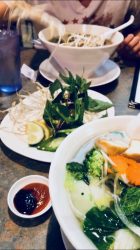

.jpg)

